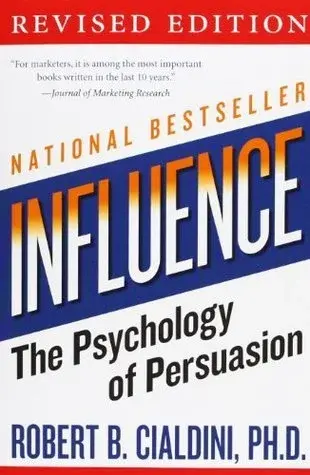
Influence: The Psychology of Persuasion
By Robert Cialdini
Published October 7, 2025
Cialdini’s classic maps six levers that shape behavior: reciprocity, commitment, social proof, authority, liking, and scarcity. This summary explains each with everyday examples and shows how to design choices and environments that nudge better outcomes without manipulation.
Key Lesson
Influence is inevitable—use it with integrity and awareness.
Influence With Integrity
Book Snapshot
ISBN
9780061241895
ASIN
006124189X
Topics & Search Phrases

Full Summary
Influence synthesizes decades of research into a simple framework for why people say yes. Reciprocity compels us to return favors; commitment makes us act consistently with prior statements; social proof reassures us when we’re unsure; authority cues increase compliance; liking opens doors; and scarcity amplifies desire. The power of these levers is situational awareness: noticing which one is at play and deciding whether to lean in or counter it.
Practically, ethical influence looks like designing defaults that help people make good choices, using honest testimonials, clarifying credentials without puffery, and creating real limits (not fake countdowns). It also means spotting when the same levers are being used against you: pause after a free gift, sleep on high‑ pressure deadlines, and beware of halo effects from friendliness or titles.
See also: Influence: The Psychology of Persuasion, The Power of Moments: Why Certain Experiences Have, The Hard Thing About Hard Things
Key Takeaways
- Six levers: reciprocity, commitment, social proof, authority, liking, scarcity.
- Use influence to reduce friction for good choices, not to coerce.
- Guard against manipulation by slowing down at common triggers.
- Make ethics a design constraint—truthful claims, real limits, clear choices.